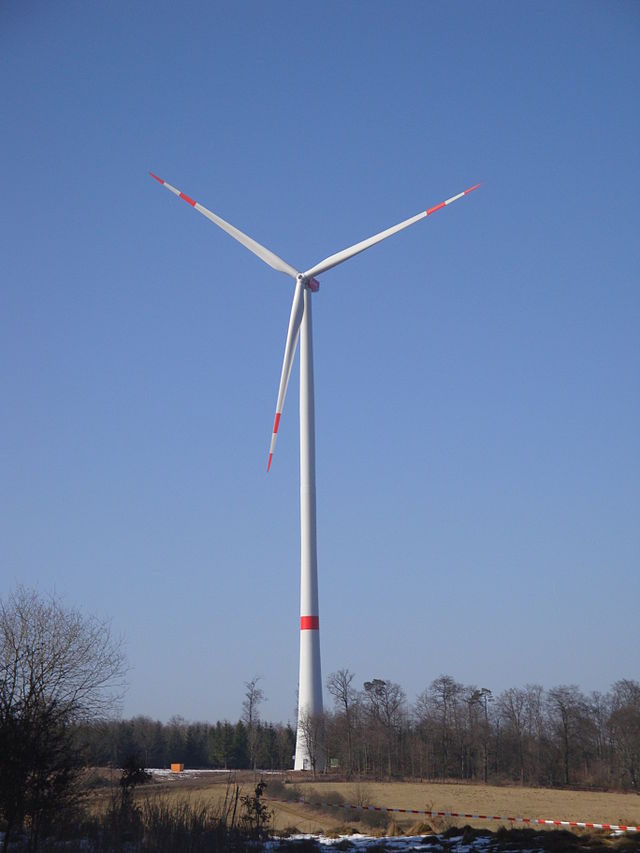Blowing Smoke

In the 1996 film “The Birdcage,” Agador (played by actor Hank Azaria) regularly provided his friend and employer, Albert (Nathan Lane) with “pirin” tablets. Pirin could treat a variety of maladies — anxiety, headaches, panic attacks, hyperactivity, and more. Or, at least, Albert believed that Pirin was this wonder drug — chemically speaking, it could only really help with the headaches and some pain management. “Pirin” was really “aspirin;” Agador was simply scraping the “A” and “S” off the pills. In most cases, Pirin was a placebo — a device used, in this case, to convince Albert that his self-inflicted ailments were receiving treatment. And the Pirin tablets worked.
That shouldn’t surprise you. There are plenty of (non-fiction) stories of placebos being, somehow, effective — they’re a testament to the power of our brains to overcome and, at times, outright fix some of our medical problems. However, there’s a downside to the strength of our minds. If we can convince ourselves that a non-treatment is making us better, it should follow that we can similarly convince ourselves that a non-malady is making us sick. This is called the “nocebo effect.” The New York Times covered the phenomenon in an August 2012 article, detailing some of the stranger cases. In one example, per the Times, “a participant in an antidepressant drug trial was given placebo tablets — and then swallowed 26 of them in a suicide attempt. Even though the tablets were harmless, the participant’s blood pressure dropped perilously low.” The nocebo effect is real and, potentially, very dangerous.
And to make matters worse, nocebos — even though they’re only made of thoughts swimming in our brains — can be contagious.
A great but unfortunate example of this is something called “wind turbine syndrome.” If you look wind turbine syndrome up in the diagnostic guides, you won’t find it — that’s because it’s not a real disease. But if you read the press reports, you’ll find that there are plenty of people who think wind turbines, like the one pictured above, emit a barely-audible buzzing noise — one which can cause dizziness, a persistent ringing in the ear (“tinnitus”), headaches, insomnia, fatigue, weight gain, and more. For example, watch the clip from an ABC News broadcast, below, asking: “can wind power be hazardous to your health?”
It’s not, according to close listening of the report itself. Sure, “one Harvard doctor did diagnose a Falmouth resident with ‘wind turbine syndrome,’” says the newsreader, but that’s quickly followed by a throw-away (and oddly placed) note that the “syndrome” is “a disease not recognized by the Centers for Disease Control.” Other researchers agree with the CDC. Take Simon Chapman, a professor of public health in Australia.
In the fall of 2012, Chapman wrote an essay in New Scientist magazine summarizing his research. Chapman concluded that wind turbine syndrome is a result of the nocebo effect — it is a “communicated disease” — one, like mass hysteria, spreads from mind to mind — and that “people can worry themselves sick.” Chapman’s research, as further reported by the Guardian, noted that “if wind farms were intrinsically unhealthy or dangerous in some way, we would expect to see complaints applying to all of them, but in fact there is a large number where there have been no complaints at all.” And while wind turbines themselves may not be to blame, there may be a different culprit — TV clips like the ABC News report, above. The Guardian continues:
Chapman cited a recent New Zealand study [here] that exposed 60 healthy volunteers to both real and fake low-frequency noise, similar to what is produced by wind turbines and is sometimes known as infrasound. Half of the volunteers were shown television documentaries about health problems associated with wind turbines before they listened to the low-frequency noise; the other half were not. They were then played a mixture of noises. Those who had seen the videos about the adverse effects reported higher levels of symptoms whether exposed to the genuine or fake audio samples.
To be clear, the symptoms were real — they just weren’t caused by exposure to infrasound. Rather, the adverse effects were being created by exposure to news reports about the potential harm of wind turbines — news reports like the ABC News one above. In other words, news items about wind turbine syndrome aren’t reporting on the disease — they’re creating and spreading it.
 Bonus Fact: Somewhere on Earth, the wind is now blowing. That’s always true, as articulated by the unintentionally-colorfully-named “hairy ball theorem” (“you can’t comb a hairy ball flat without creating a cowlick”). The theory itself isn’t all that interesting, at least not past the name. But it’s true — to the benefit of anyone who likes data visualizations. There are at least two such visualizations on the Web of the wind in action, in real time — this one, showing wind around the globe, and this one, showing it over the continental 48 states.
Bonus Fact: Somewhere on Earth, the wind is now blowing. That’s always true, as articulated by the unintentionally-colorfully-named “hairy ball theorem” (“you can’t comb a hairy ball flat without creating a cowlick”). The theory itself isn’t all that interesting, at least not past the name. But it’s true — to the benefit of anyone who likes data visualizations. There are at least two such visualizations on the Web of the wind in action, in real time — this one, showing wind around the globe, and this one, showing it over the continental 48 states.
From the Archives: The Price of Relief: Placebos don’t really do anything, but they’re more effective if they cost more… wait, what?
Related: A wind turbine for home use. About $500.
